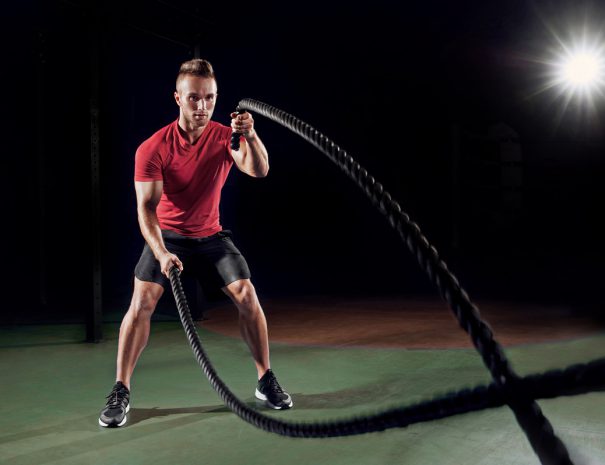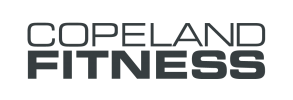Cardiocvasular Exercise




Cardiovascular workouts are designed to balance three factors for maximum effectiveness and safety: frequency, intensity and duration. You will also need to include a warm-up period before you enter the target intensity period of your workout, and a cool-down period before the end of your workout.
What Is Cardio Exercise?
Cardiovascular exercise raises your heart rate and breathing rate into the moderate-to-vigorous intensity level for 10 minutes or more. Common cardio exercises are brisk walking, running, cycling, swimming, rowing and cross-country skiing. In the gym, cardio machines include treadmill, elliptical trainer, stationary cycles, stepping machine, rowing machines and ski trainers.
Warming Up and Stretching
Traditionally, you are coached to stretch the primary muscles to be used in the workout after your warm-up. There are several schools of thought on the use and effectiveness of stretching, but we will cover the traditional view here.
- A warm-up of 5 to 10 minutes at low intensity will prepare your muscles for exercise and steadily raise your heart rate.
- Start at an intensity of 50 to 60% of your maximum heart rate, doing whatever activity will be your workout method. If you are walking or running, start by walking or running at an easy pace that puts you into this heart rate zone — one where you can still carry on a full conversation.
- Now is the time to stretch the muscles you will use in your workout. They are warmed up and may benefit from flexibility stretches or drills specific for the muscle groups you will be using in the workout.
Cooling Down
- After you have completed your workout in your target heart rate zone, you should cool down with 5 to 10 minutes of lower intensity.
- Aim for a heart rate of 50 to 60% of maximum heart rate for 5 to 10 minutes for your cool down.
- Traditionally, you would end your workout with gentle stretching of the muscles used in the workout.
Frequency
How often should you exercise? The American College of Sports Medicine recommends three to five days a week for most cardiovascular exercise programs. Alternating days of more intense exercise with a day of rest or easy exercise such as walking and stretching or yoga will give the body time to build and repair muscles.
Duration
How long should you exercise in each exercise session? For cardiovascular benefits, aim for 20 to 60 minutes in your target heart rate zone, apart from the time you spend in warm-up and cool-down. At this duration, your body burns through its available glycogen energy and begins to burn stored fat. While you will still have the benefits of burning calories, if you exercise for less than 20 minutes in your zone, the best fitness benefits come from setting aside the 20 to 60 minutes to spend in the aerobic zone.
Intensity
When beginning a fitness program, concentrate on increasing your duration with good posture and form before you work on increasing the intensity of your workout. If you are using walking for your workout, work on increasing the number of minutes walked in each session. A general rule of thumb is that it is safest to increase this by 10% per week. Once you are walking comfortably and with good posture and form for 60 minutes at a time, then work on increasing the intensity by adding speed, hills, or intervals.

